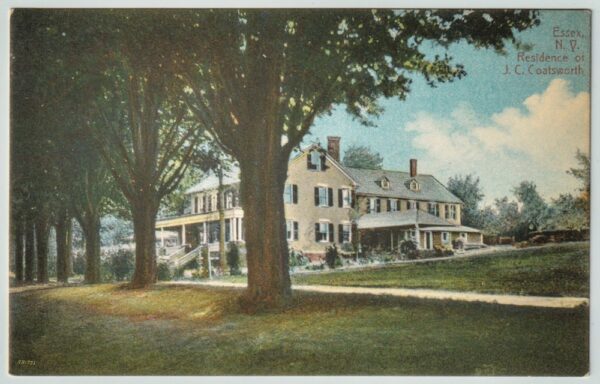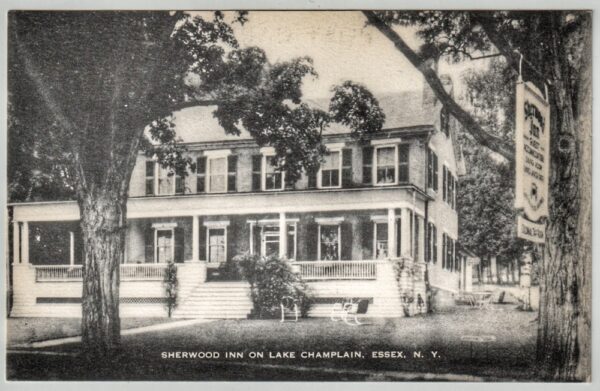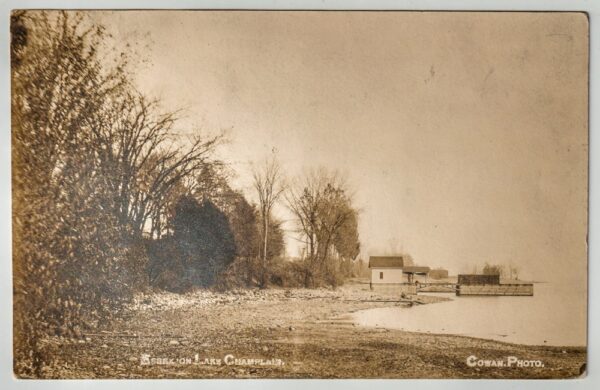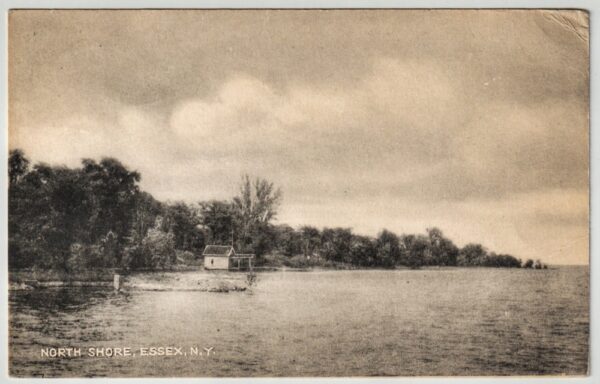Once upon a time—starting in about 2005 or 2006 and concluding about a dozen years ago, if memory serves—I was on the board on Historic Essex (formerly Essex Community Heritage Organization, ECHO). Todd Goff, a fellow director, Essex neighbor, and friend, took it upon himself to correct me, differentiating for me “historic preservation” from ” from “historic rehabilitation“. I no longer remember the context, but I expect I was updating him in 2006 or 2007 on our progress in the early days of our mushrooming renovation project. Armed with a keen mind (and master’s degree in preservation), Todd’s knowledge had long prior earned my respect, and I appreciated his clarification. I expect that I used renovation, restoration, and preservation more or less interchangeably in those days, never stopping to consider the profoundly important differences.
I most likely had not used the term “historic rehabilitation” at all prior to that point, and learning more about it opened my eyes, ignited my curiosity, and kindled my imagination. More on the fanciful end of that spectrum anon. For now I’d prefer to start by delineating historic rehabilitation (as I understand it, at least) from its deconstruction-reconstruction doppelgängers. (And if you, like Mr. Goff, are able to advance my instruction, please advise in the comments below. Thanks in advance.)

Preservation vs. Rehabilitation
Less stringent than historic preservation, historic rehabilitation emphasizes maintaining the historic integrity of architectural heritage while balancing its relevant functionality for modern day use.
Both preservation and rehabilitation are sensitive to the imperative of preserving the historic character and value of a resource, but modern functionality weighs more heavily in the case or the latter. When an architecturally significant resource is abandoned or in advanced stages of disrepair, both approaches are viable means of saving and revitalizing the resource. Likewise, both can be complex, painstaking, lengthy, and expensive processes. In fact, sometimes the scope exceeds the means and/or justification for revitalizing a property, and all too often valuable architectural and cultural heritage is indefinitely neglected and eventually lost.
The potential for integrating modern functionality (and therefor relevance) into an historic property can be the difference between its recovery or it neglect.

Defining Historic Rehabilitation
Rehabilitation is defined as the act or process of making possible a compatible use for a property through repair, alterations, and additions while preserving those portions or features which convey its historical, cultural, or architectural values. (Source: U.S. National Park Service)
In short, historic rehabilitation (rehab) is the process by which an historic property is returned to a state of usefulness while maintaining its historic character. Starting out with a comprehensive analysis of the cultural and/or architectural heritage ensures a solid foundation for planning the entire rehabilitation process. Drawing upon the collaborative expertise of diverse professionals, rehab must be tailored to the unique character and historic significance. Ranging from minimalist repairs and overdue maintenance to more involved intervention such as modification to ensure structural integrity, installation and/or removal of windows and doors, and even construction of non-historic additions.

Rosslyn’s Historic Rehabilitation
From those early days as Rosslyn’s newest stewards, when Susan and I were still running on dreams, optimism, and a totally unrealistic sense for the magnitude of the project we’d undertaken, our twin objectives were to preserve the immense heritage we’d inherited while ensuring that our new home was a functional, energy efficient modern home attuned to our needs and lifestyle. Todd helped me understand that what we were undertaking was indeed an historic rehabilitation, and that paradigm shift that he initiated catalyzed a shift in my thinking not only about our revitalization of these four historic buildings, but indeed the entire ethos underlying our pivot from Manhattan to Essex and own own personal reawakening. But I’m getting ahead of myself…

Historic Rehabilitation Resources
Rehabilitation as a Treatment and Standards for Rehabilitation (U.S. National Park Service)
Illustrated Guidelines for Rehabilitating Historic Buildings (U.S. Secretary of the Interior)
What do you think?